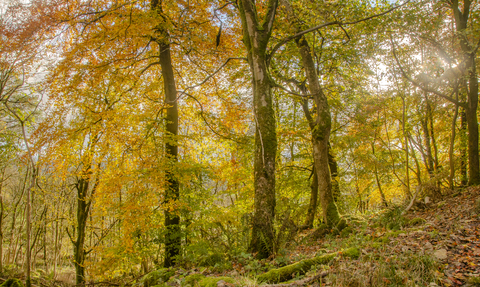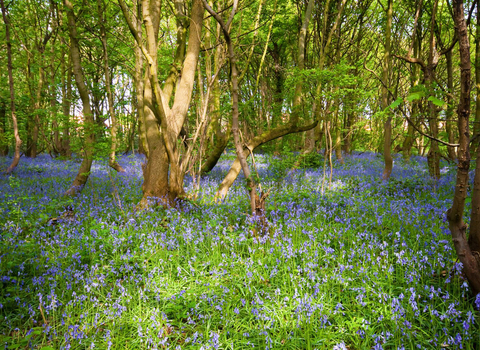Lapwing © Matthew Christou 2019

Snipe © Allen Holmes 2020
Letchmire Pastures Nature Reserve
Location
Know before you go
Dogs
Please respect the resident wildlife and keep dogs on a short lead.
When to visit
Opening times
Open at all times. We recommend a 1 hour trip for this reserve. For a longer outing make it part of a day out in the Lower Aire Valley, or combine with a walk on the Lines Way.Best time to visit
June to SeptemberAbout the reserve
When the last days of spring merge into the early summer, Letchmire Pastures is at its finest. The meadow – one of a number of habitats on the reserve – bursts into colour, with bee orchids, stork’s bills, lady’s bedstraw, oxeye-daisies, meadowsweet and ragged robin.
The site is a low-lying blend of wetland, bare earth, young woodland, hedgerows and grassland. It’s a great place to see a variety of insects, but the star performers are the dragonflies and damselflies, including brown and common hawkers, darters, skimmers and chasers. You can see them in large numbers, and they’re relatively obliging for photographs – ruddy darters might even stay still for a while as they sun themselves on the fences around the lagoons.
Take a gentle, quiet amble around the site and see what you can find. The dark, bare earth warms up in the summer, creating special conditions for unusual plants and burrowing insects such as beetles, wasps and bees, like the mining bee – very aptly named for this site! The ground here subsided after its coal-mining days, and small, shallow ings developed as water collected in the hollows. Landscaping has enhanced these wetland features to create a number of ponds of different sizes and depths, which take on a glistening, wintry appearance in ice and snow, and we’re encouraging reed-beds to grow.
The insect life, damp grassland and muddy pond margins attract birds, and if you visit at a quiet time you might spot lapwings, common snipes and ringed plovers, but they’re easily disturbed by dogs. You might also see little egrets circling overhead.
Species
Contact us
Environmental designation
Did you know?
With the appearance, texture and even scent of a female bee, bee orchids are perfectly designed to attract passing male bees. But our British bee orchids self-pollinate so they don’t really need this incredible mimicry!

The autumn colours were even more beautiful when the sun came out
Photo Credit - Telling our Story Volunteer, Sara



